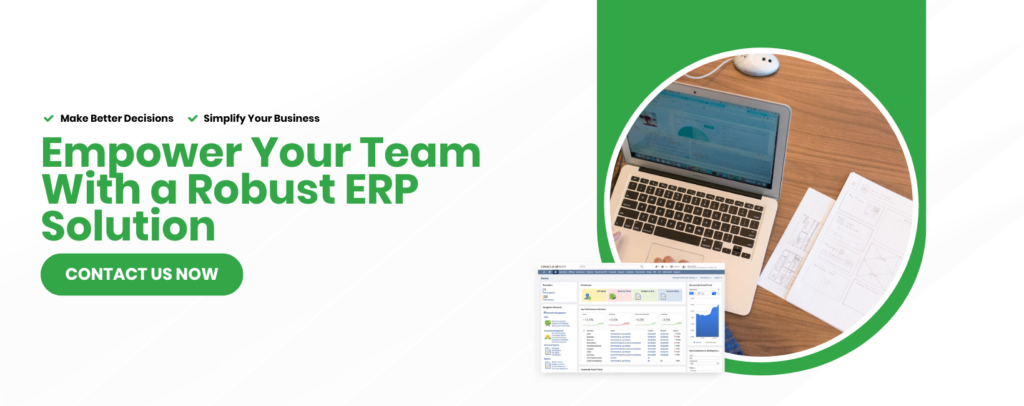With multiple currency functionality, many companies with global operations or with vendors and customers outside the U.S. become understandably frustrated by the complexities brought on by the need to work in multiple currencies. The good news is that a robust ERP solution can easily handle different currencies, freeing up your finance and accounting team to make strategic decisions with the information rather than trying to manually track ever-changing currency rates.
Buying and Selling in Multiple Currencies
You have vendors outside the U.S. from whom you purchase. Don’t worry. Whether these vendors are in Canada, Mexico or China, it’s not a problem. Easily create purchase orders in your vendor’s local currency.
What if it’s your customers who are located in another country? The same holds true – you can create customer invoices for them and then receive cash in their local currency.
If you’re buying and selling to customers and vendors in multiple currencies, you’ll also need to have transactional currency and currency exchange. A robust ERP system can simplify this complex process allowing you to display an invoice in U.S. dollars to a U.S. customer, but also convert and display an invoice in Canadian dollars for a Canadian customer. The system then translates the invoice back into U.S. dollars for U.S. accounting.
Euros, Pesos, Yuan, Pound Sterling, Canadian dollars – fill in the blank with whatever currency you need – a robust ERP system provides the flexibility you need for international transactions and reporting.
Easily Consolidate and Report
Exchange rates are volatile. It’s vital to track the daily conversion rate for each currency. You need a system that can calculate and maintain each of the following:
- Current/spot rate: used on the asset and liability section on your balance sheet.
- Average rate: used on the income statement and to build retained earnings.
- Historical rate: used in the equity section on your balance sheet.
A robust system will keep and maintain these rates automatically, without end user involvement.
When you sort through all of the complexities of working in multiple currencies, it boils down to two things. First, the transactional ability to buy and sell in different currencies. For example, if you are a U.S company with a subsidiary in Canada, your ERP system should allow you to easily run a consolidated income statement for each company.
Simplify Complex Process
Get a robust ERP system that provides you with the flexibility you need for international transactions and reporting!
You should then be able to translate the Canadian statement into U.S. dollars and show your management team the consolidated income statements for the two companies in U.S. dollars, store all of the rates, and view the Canadian totals in U.S. dollars for an apples-to-apples comparison before rolling them up into one total so you can view your company’s performance in U.S. dollars.
The second critical piece a robust ERP system brings to the multicurrency table is the ability to view actual rates, average rates and historical rates for budgeting purposes. For example, if you are budgeting for a Canadian entity, you need to enter a budgeted rate for the year and prepare the budget in Canadian dollars. Your U.S. companies need to budget in U.S. dollars. But companies in all currencies need the ability to be consolidated regardless of their currencies.
An Integrated Solution
It’s no wonder that companies are seeking simpler solutions to their multicurrency challenges. An integrated ERP system makes it simpler, providing the ability to work in multiple currencies and consolidate your financials for decision making.
Contact goVirtualOffice to learn more about how you and your company can benefit from a robust, integrated software system.

If you found the above content interesting, be sure to watch our video on:
Data is gold. Knowing what to do with that data is even more important. We will show you how to take the data and make better decisions with it. If you are thinking of eCommerce or already selling online there are a lot of great tools to help you aggregate the data and drive more profits from it. Find out more from goVirtualOffice and Tadpull.

)





